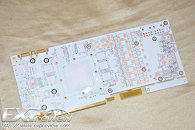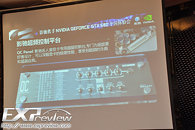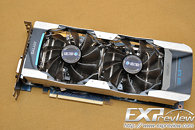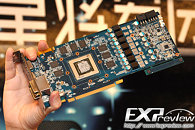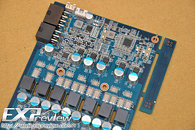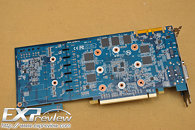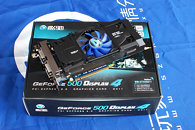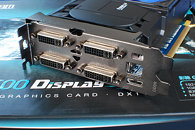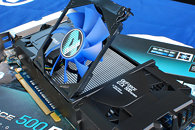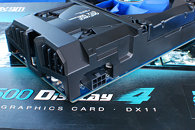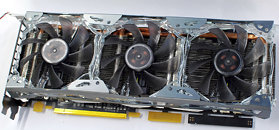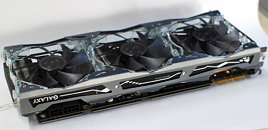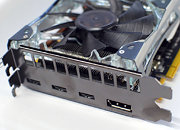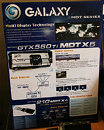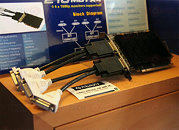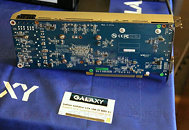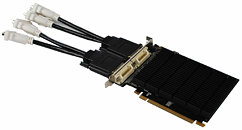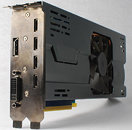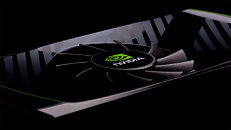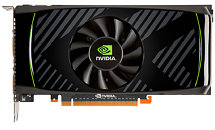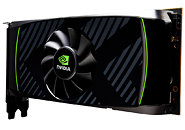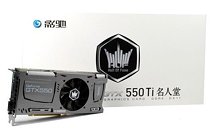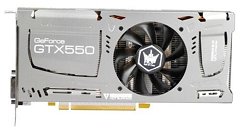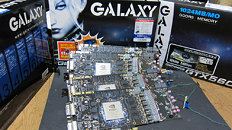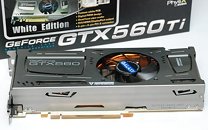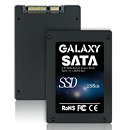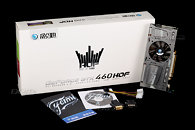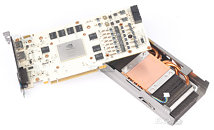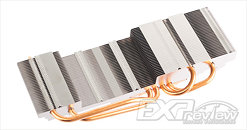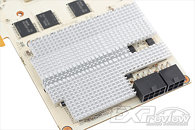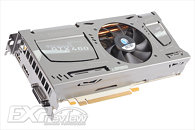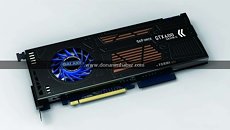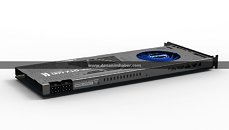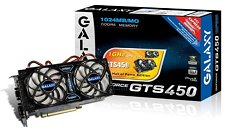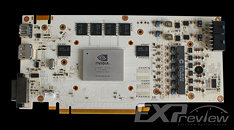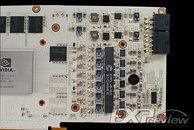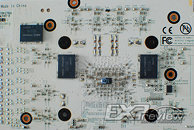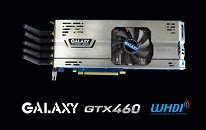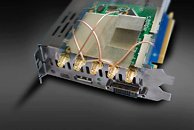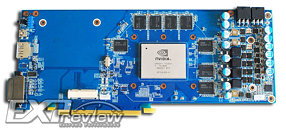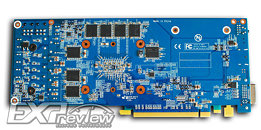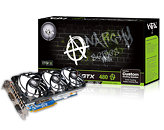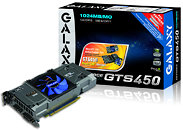
First Single-Slot, Air-Cooled GeForce GTX 680 Taking Shape
Single-slot advocates [in Asia, and select markets], your prayers are answered. Galaxy is working on a single-slot, air-cooled GeForce GTX 680. With a name that translates to "GeForce GTX 680 Warriors' Edition", Galaxy's card takes advantage of the fact that since very compact GK104 PCBs can be made, if dual-slot coolers are used, and since the TDP of the chip is a manageable 195W, the equation can be turned around to make long single-slot graphics cards.
Pictured below is the graphics card, with its [apparently] long cooler that protrudes beyond the length of the PCB. The cooler follows the same design principle at work in coolers of GeForce 8800 GT and Radeon HD 4850, that of a compact lateral-flow fan guiding air through a dense network of copper channels, where heat is dissipated to the air. These copper channels draw heat from a copper plate (probably vapor-chamber, in Galaxy's case), which makes contact with all hot components on the PCB, including the GPU, memory chips, and VRM. Hot air is guided out, from the top of the card. There is no further information about this card.
Pictured below is the graphics card, with its [apparently] long cooler that protrudes beyond the length of the PCB. The cooler follows the same design principle at work in coolers of GeForce 8800 GT and Radeon HD 4850, that of a compact lateral-flow fan guiding air through a dense network of copper channels, where heat is dissipated to the air. These copper channels draw heat from a copper plate (probably vapor-chamber, in Galaxy's case), which makes contact with all hot components on the PCB, including the GPU, memory chips, and VRM. Hot air is guided out, from the top of the card. There is no further information about this card.



